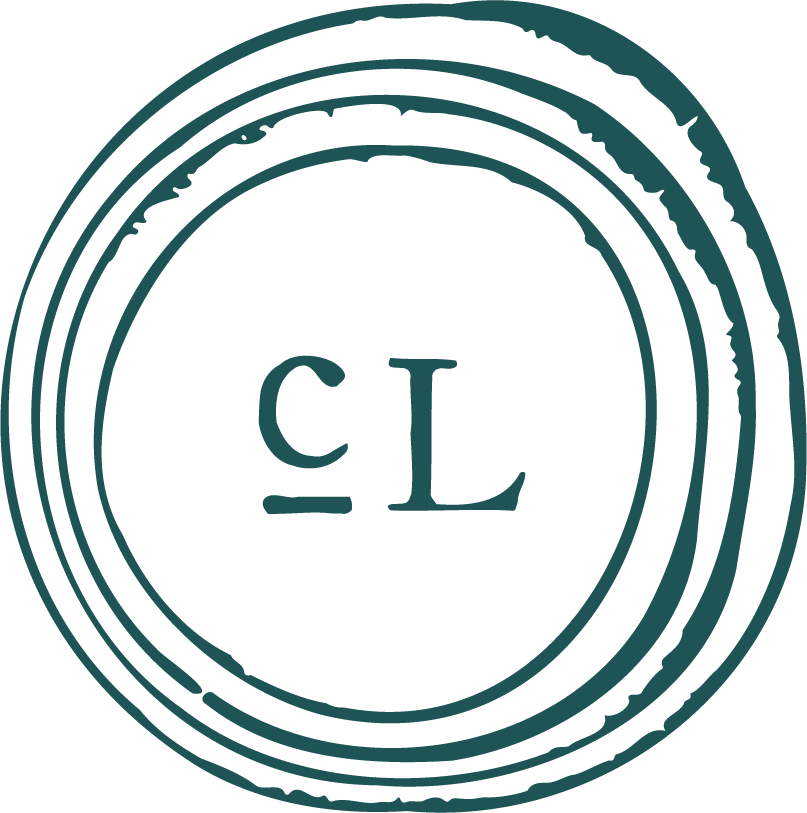Make, Process, Detox: The Hormonal Spring Cleaning You Didn’t Know You Needed
Spring invites us to open the windows, clear out the cobwebs, and make space for fresh air and renewed energy. That impulse to clean house? It’s not just for our homes—it applies to our bodies, too.
Many women feel a natural surge of energy as the days lengthen and warm. There’s an innate drive to clean house, literally and metaphorically. Optimizing this energy can make spring an optimal time for cleaning the house of our body.
In my practice, I’ve long taught that we have to make hormones, process them, and detox them. I used to give a talk called, “Make 'em, use 'em, get rid of 'em!” Because when it comes to hormone health, there’s more to the story than just “having” or “not having” enough.
What It Means to Make, Process, and Detox Hormones
Hormones aren’t static. They are made, metabolized, and cleared from the body. This cycle depends on many factors:
Cholesterol is the biochemical precursor to hormone production. Without it, balanced hormones simply aren’t possible. (It’s not uncommon for women on cholesterol-lowering medications to experience hormone imbalance.)
There’s also a strong relationship between stress and hormone production. When your body is busy making stress hormones, it may have fewer resources available to make sex hormones.
Hormones undergo a multi-stage detoxification process, primarily in the liver and gut, and are eliminated through sweat, urine, and stool. Regular bowel movements are imperative for healthy hormone levels.
“Detoxification is a complicated metabolic process influenced by your genes, nutrition, and environment. Adequate detoxification is essential to life: to at least survive, if not thrive, you have to be able to manage pesticide exposure from your food, chemicals in your objects of daily living, and environmental toxins.”
Why Spring Is a Powerful Time for Detox
With longer days and more light, many of us feel ready to shift into a new rhythm. Lighter foods become more appealing. Fresh greens begin appearing at markets. Supporting detoxification this time of year can be as joyful as it is effective.
I find myself seeking dandelion at this time of year—dandelion greens, tea, and flowers once they bloom. Dandelion is excellent for liver support, the liver being the primary site where detoxification of hormones and other substances occurs.
Other gentle herbal supports include milk thistle, nettles, and green tea—each helping to show your liver some love.
Food-Based Ways to Support Hormone Detox
I am a proponent of detox as a lifestyle.
This means choosing whole, colorful, nutrient-rich foods that support your detox pathways daily—not just as part of a cleanse or reset.
Start here:
Eat a brassica every day—and work up to three times a day. Broccoli, Brussels sprouts, cabbage, cauliflower, kale—these are rich in sulforaphane, a powerful phytonutrient known to support hormone detox and reduce cancer risk.
Hydrate well–and include teas like nettle or green tea.
Sweat regularly—sauna, hot baths, hot yoga, even a walk on a warm day can help.
Support digestion–eat fiber-rich vegetables and prioritize regular bowel movements.
“Detox support calls us to be our witches selves—drinking tea; taking a bath; sweating in a sauna, on a run, or in a yoga class; getting off our devices; foraging for food; moving in ways that may appear unacceptable; screaming or crying; pooping; grounding ourselves with our bare feet against the earth. I am partial to a lifestyle that supports detoxification, as opposed to “doing a detox,” but there’s no right way, nor is there one way.”
Strength Training and Hormone Health
Strength training is one of the most supportive practices for women in midlife and beyond. It stimulates the release of human growth hormone and testosterone, which help preserve muscle mass and support insulin sensitivity. Plus, it helps regulate cortisol—our primary stress hormone.
Detox as a Lifestyle, Not a Quick Fix
Whether you’re in your reproductive years or postmenopausal, detox isn’t just a thing you do when something goes wrong—it’s a rhythm, a way of living in harmony with your body.
One small step to take is to eat a brassica every day, as mentioned above. This is an example of using food as medicine.
My Spring Favorites
I return each spring to two favorites: the Detox Soup from Cannelle et Vanille and dandelion lemonade from Herbal Revolution (it’s delicious).
How Do You Know If You’re Not Detoxifying Hormones Well?
Common signs include:
PMS or irregular periods
Breast tenderness
Headaches or mood changes
Endometriosis or fibrocystic breasts
Food cravings or increased anxiety
These are symptoms worth paying attention to—not just to manage them, but to address the deeper imbalance.
A Gentle Invitation
Think of spring not as a time to push, but as a time to realign. You don’t have to overhaul everything at once. Start anywhere. Start with anything. Just start.
And as always, remember: Hormone balance, and all matters in regard to health, is not about perfection. It is about supporting your body so it can do what it’s designed to do: keep you well.
Ready for a deeper dive?
My book Whole Woman Health allows you to tap into the medicine of "why" instead of the medicine of "what" with customizable, expert guidance. Experience the benefits of integrating science and intuition through a functional medicine approach to your health and well-being.
For more information on detoxification, check out chapter 8, The Real Deal with Detox.



